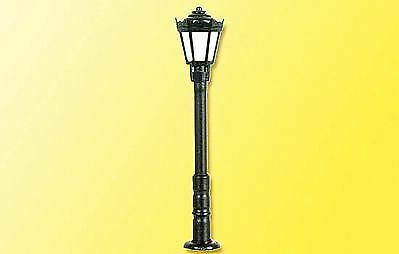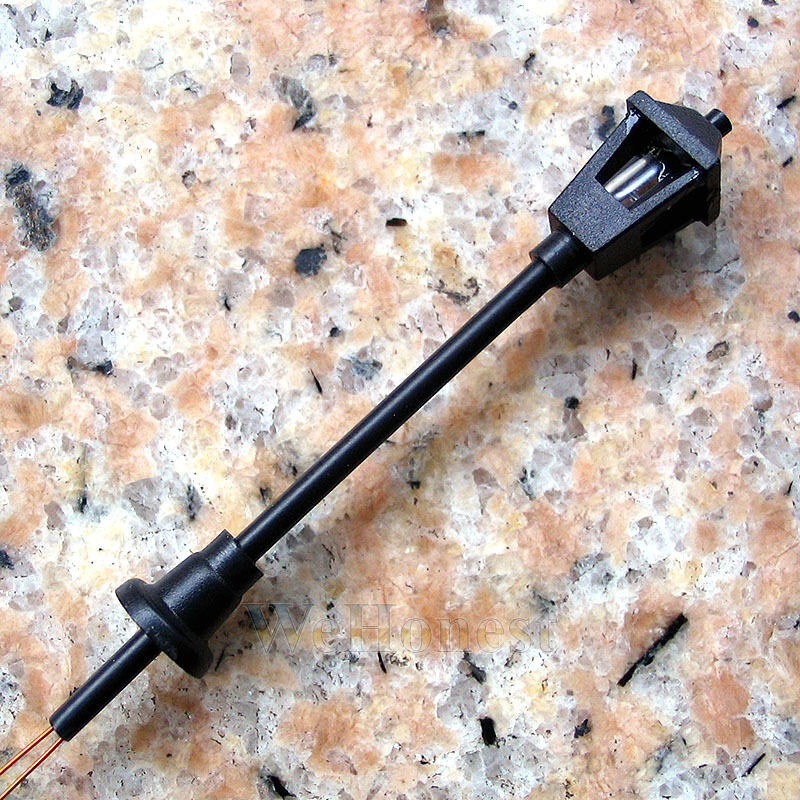-40%
LED Lighting Warm White 2in Houses Wagons RC Models Cars Etc. 40 Piece S332
$ 12.57
- Description
- Size Guide
Description
To our shopSeller Profile
Subscribe to the newsletter
Watch item
Follow this seller
TOP categories
Electronics and electronics
LED house lighting
LED wagon lights
LEDs
Light guide / fiber optic bevel
Street lights
characters
Model railroad gauge H0
TT scale model railroad
Model train N gauge
Z gauge model railroad
Model railroad track 0
Model railway track 1
LGB model railway
Model cars
Trees and landscaping
Model construction Schönwitz
Figures Carrerabahn
Cleaning and care
Tools and aids
40 pieces of model lights - each 5cm long with 3 super bright SMD LEDs each, warm white -
flexible + self-adhesive
here are some examples:
- Lighting of all kinds of buildings, platform roofs ...
- Interior lighting for your wagons and trains
- Interior lighting for model cars / coaches ....
- illuminate your car racing track, spectator stands, cars with interior lighting ...
- Lighting for RC models, cars, ships, planes ...
- Lighting of showcases
- Light in the dollhouse
- and much more.
Technical details:
- Operating voltage: 8 to 14V DC (direct current) or 12 to 16V AC (alternating current)
- The polarity for the connection to direct current are either marked with + and - or if not, you can orientate yourself on the LEDs. The LEDs have a beveled corner on one side - the soldering point on the side is plus.
- When operating on alternating current, the LEDs may flicker. In that case, simply connect a bridge rectifier in between. You can also find these in my shop.
- Current: 20 mA per strip
- Dimensions LxWxH: 50 x 8 x 2.5 mm
- 3 SMD LEDs per light band, each with a beam angle of 120 °
- Luminous color: warm white
- Delivery quantity: 40 pieces
Product information:
- self-adhesive - easy attachment with adhesive tape on the back. Simply peel off the protective film and stick it to the desired location.
- Even illumination of the models thanks to the 120 ° beam angle
- Each lighting strip has 2 soldering points at each end, to which the connecting cables are soldered.
- You can join several strips together. The current flows through from front to back.
- flexible - therefore very good adaptation to your models (e.g. on curved roofs or around corners)
- Versatile areas of application, e.g. in the field of model construction, model railways, garden tracks, racing tracks, RC models, model cars, showcase lighting .....
- When using as wagon lighting for direct current railways, you need a bridge rectifier because of the polarity reversal when changing the direction of travel. You can also find these in my shop.
- The brightness of the LEDs can be regulated by means of the input voltage if necessary. Or if you only have a fixed voltage available, you can also switch an additional resistor into the supply line. Since there is no fixed rule of thumb for this, one should determine the correct resistance value experimentally (by trying it out) and check whether the brightness meets personal requirements.
- suitable for all gauges
The view of the circuit board foil may differ from the photos. The arrangement of the LEDs and their function is always the same.
Enjoy your shopping!!
Important note on the purchase process when purchasing multiple items
When purchasing multiple items, please make sure that you only visit the eBay checkout "pay now" after you have bought all the items. This is the only way to combine your order into one order.
Shipping partner
We ship reliably with DHL and Deutsche Post.
Payment methods
PayPal
Google Pay
Credit card (Visa Mastercard, Amex)
Direct debit
Instant bank transfer
- The polarity for the connection to direct current are either marked with + and - or if not, you can orientate yourself on the LEDs. The LEDs have a beveled corner on one side - the soldering point on the side is plus. - When using as wagon lighting for direct current railways, you need a bridge rectifier because of the polarity reversal when changing the direction of travel. You can also find these in my shop. - The brightness of the LEDs can be regulated by means of the input voltage if necessary. Or if you only have a fixed voltage available, you can also switch an additional resistor into the supply line. Since there is no fixed rule of thumb for this, one should determine the correct resistance value experimentally (by trying it out) and check whether the brightness meets personal re












